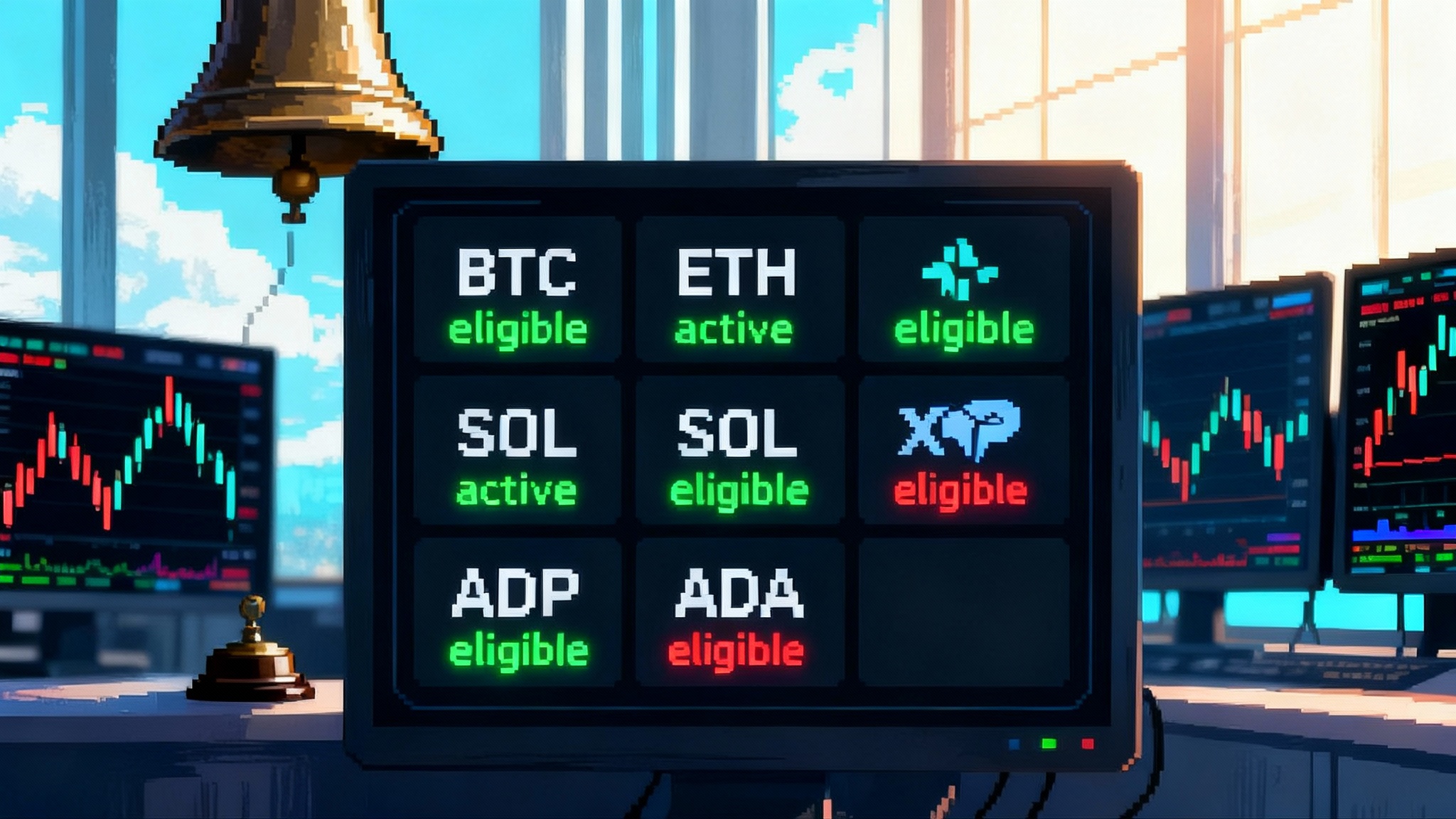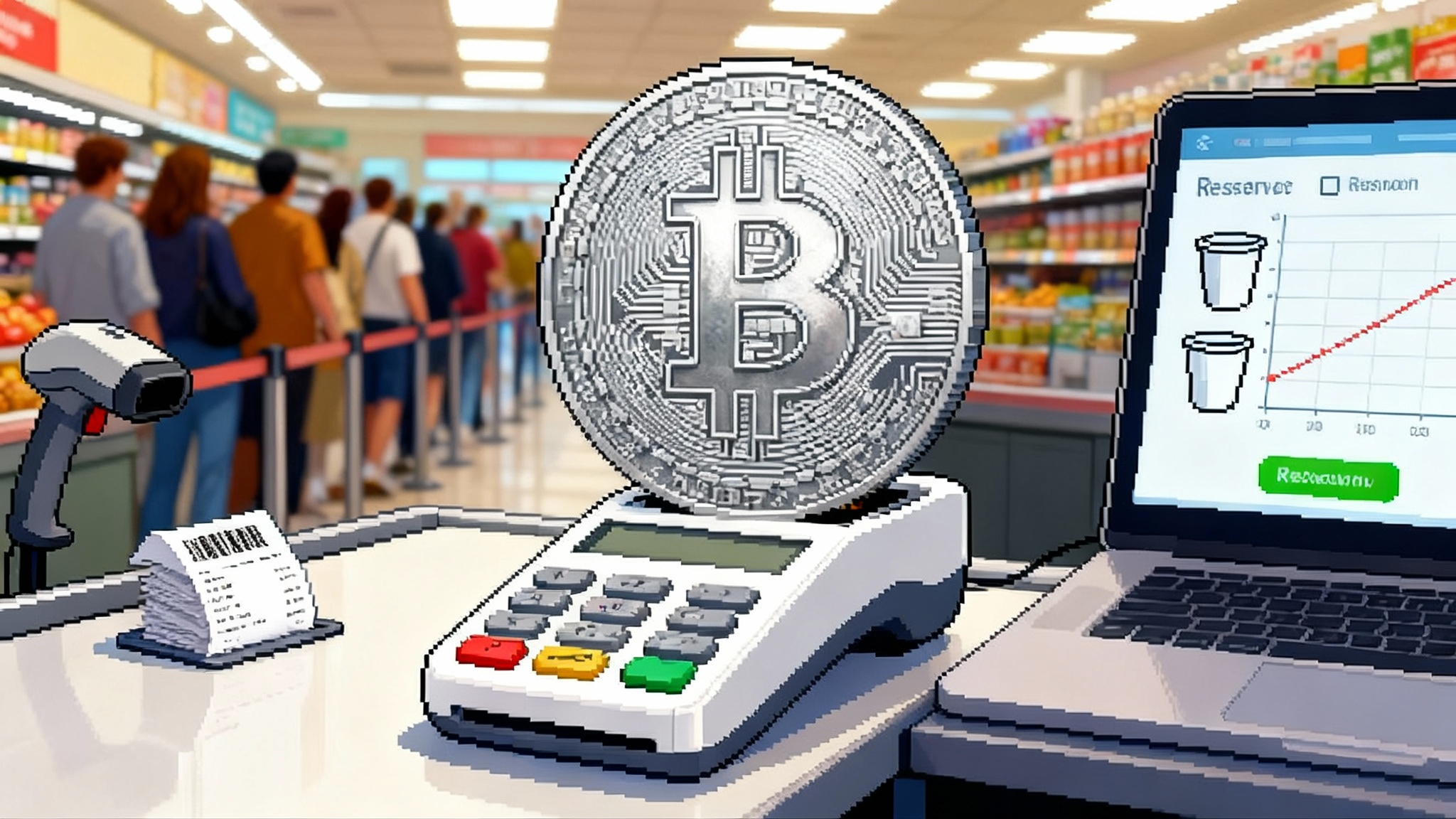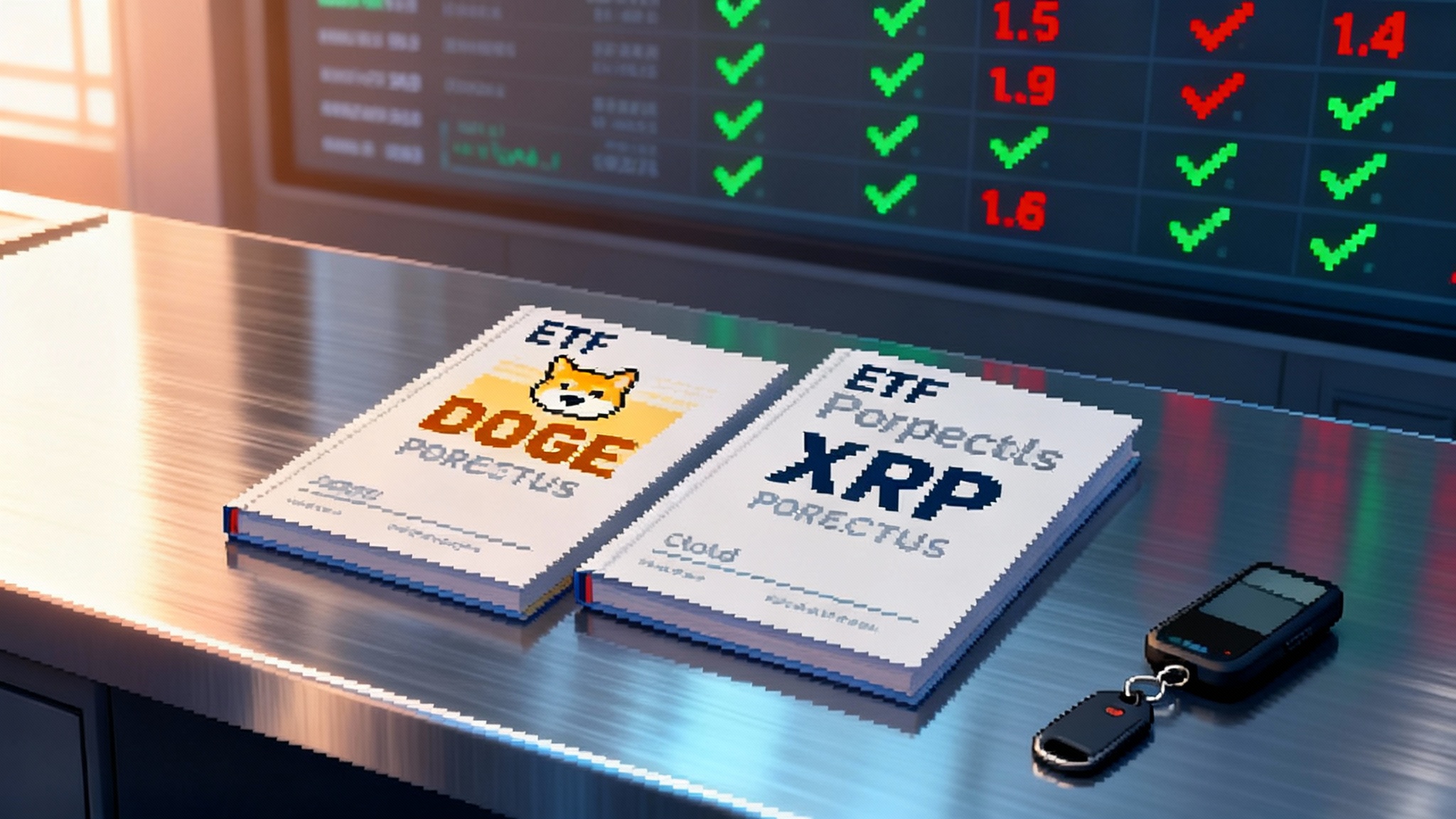MetaMask’s mUSD and the New Stablecoin Distribution War
MetaMask just made mUSD the default dollar inside its wallet. Powered by Bridge and M0, with Linea-first liquidity and day-one card spend, this distribution-first approach could reset fees, depth, and cross-chain behaviors across crypto.

When wallets become issuers
On September 15, 2025, MetaMask turned distribution into issuance. The company launched mUSD, a dollar stablecoin issued via Stripe-owned Bridge and powered by M0, and it shipped inside the wallet millions already use daily. The design collapses the gap between tapping Buy and a third party minting a token, which makes this feel less like a new asset and more like a new distribution model. Early details include immediate in-wallet availability, native Linea integration, and card-based spend from day one, as covered in The Block’s mUSD goes live coverage.
Stablecoins compete on trust, liquidity, and access. MetaMask is betting that access falls first. If the default path to funding a wallet mints mUSD rather than sourcing USDC or USDT elsewhere, the stablecoin choice shifts from an explicit selection to a quiet default. That is the essence of a distribution-first strategy: win the point of funding, then backfill depth and utility.
What the mUSD stack signals
mUSD sits at the intersection of three layers: the wallet surface where users act, the issuer and on-ramp layer where fiat meets crypto, and the chain layer where liquidity forms.
- Bridge provides a regulated mint and redemption path that plugs into cards and bank rails.
- M0 supplies an on-chain minting and reserve model designed for programmability.
- Linea offers an L2 context MetaMask can tune for speed, fees, and integrations it controls.
Each piece aims to erase first-mile friction, then reward users who stay inside the MetaMask loop. The architecture also hedges risk. If a specific issuer model faces new rules, MetaMask can swap reserve or mint partners without changing the wallet destination. If fees spike on a chain, first mints can be steered to Linea while still allowing bridge-outs. The stack is modular by design.
Distribution beats brand at the point of funding
The largest stablecoins grew from opposite strategies. One scaled by living where trading happened. Another scaled by being a trusted short-duration dollar inside regulated fintech rails. mUSD proposes a third path: become the default result of clicking Buy in the most used wallet. In that flow, token brand may matter less than wallet trust. Users already trust MetaMask to generate keys, show balances, and sign. Extending that trust to what the interface calls your dollar balance is a short step.
This can create two compounding effects:
- Funded balances appear immediately inside the same interface, increasing the odds that the next action happens there.
- Developers who want reliable user balances target the balance most likely to exist by default, nudging early mUSD pairs, pricing, and collateral support.
The on and off ramp fee story
On-ramps have long taxed adoption. Card interchange, risk models, fraud reserves, and compliance checks add up. By internalizing issuance and routing flows through Bridge, MetaMask can remove partners in the chain and compress fees. Controlling the default funding path also creates room to subsidize costs tactically until scale lowers unit economics.
Lower friction encourages more frequent top-ups, which pushes the product to make micro-funding painless. Expect preferred rails by geography and risk, steering to the cheapest method that clears fast, and cached verification so repeat buys feel like one tap. For a view of how wallet-first on-ramps reshape behavior beyond exchanges, see how TON Wallet on-ramp in chats is reframing purchase intent inside messaging.
On the off-ramp side, card-based spend from day one reframes withdrawals as payments. If users can spend mUSD on card networks without a separate withdrawal flow, off-ramp is no longer a special event. It is just checkout.
Linea as the liquidity home base
Immediate Linea support is a liquidity anchor. Knowing where first mints concentrate lets MetaMask shape base pools, routing, lending parameters, and incentives. Expect targeted incentives toward mUSD pools to make first swaps feel deep and stable, along with gas subsidization or batching for common actions that matter for small balances.
If MetaMask wants mUSD to feel native, it will pair strong on-chain UX with visible integrations: pay specific fees in mUSD, auto-convert change to mUSD after swaps, and show mUSD-denominated totals consistently. The more places a user sees balances expressed in mUSD, the more it becomes the default unit.
DeFi liquidity, pairs, and the fight for depth
Liquidity follows incentives and reliable flow. Wallet-native issuance can drive steady creation of mUSD, so base pairs against USDC, USDT, and ETH should see early flow. The critical early fight is for deepest, lowest-slippage pools. That signals users can move without hidden costs. For protocols like Uniswap and Curve, new mUSD pools will compete for TVL and volume. If MetaMask funds meaningful programs with clear timelines, migration from marginal pools can accelerate.
Lending and collateralization come next. If Aave or similar venues list mUSD conservatively, deposit yields will anchor to realized reserve returns plus incentives. The longevity of incentives will matter more than headline size. Risk teams will watch reserve composition, redemption queues, intraday mint and burn cutoffs, block fees for size, and settlement timing.
The user journey inside the wallet
What changes most is the first ten minutes. Many users currently leave the wallet, register with an on-ramp, wait for verification, then return to hunt for a token. With mUSD, the journey can be a few taps. You see a saved card, approve a purchase, and the balance updates in seconds. If you can also send that balance to a friend, swap in curated pools, and pay a merchant with a virtual card tied to that balance, the boundaries between on-ramp, stablecoin, and payments blur.
Clear fee and limit messaging is critical. A good default is a visible fee estimator before purchase, a promise that displayed prices are inclusive, and a clear path to faster funding once checks clear. Done right, users top up just in time rather than pre-funding large balances.
A multichain push that locks habits
In parallel with mUSD, MetaMask has expanded across chains. Native Solana support is live in the browser extension, with Bitcoin support slated for Q3 2025, per The Block’s MetaMask Solana support details. Habits formed at the wallet layer tend to stick. If one set of flows works across Ethereum, Solana, and Bitcoin, users are less likely to switch wallets for chain-specific features. As mainstream access expands, policy shifts like the SEC's new ETF rules can further amplify on-chain liquidity narratives around ecosystems where MetaMask is investing.
Developers watch these shifts closely. If MetaMask standardizes account flows, signing prompts, and token lists across chains, teams can code to a single mental model, prioritize wallet-native features, and reduce chain-specific UX patches.
Pressure on rival wallets and exchanges
Wallets and exchanges monetize funding, conversion, and activity. A wallet that collapses on-ramp, balance, and card spend into one flow pressures each revenue line elsewhere. Phantom may feel it on Solana if users no longer need a chain-specific wallet for best-in-class UX. Coinbase and Binance may feel it at the retail edge if smaller purchases fund directly in-wallet instead of exchange deposits. Liquidity and discovery could tilt toward pools closest to wallet defaults.
Expect responses across three fronts:
- Wallets deepen on-ramp integrations, possibly partnering with banks and processors to mimic wallet-native issuance.
- Exchanges lean into superior liquidity, advanced order types, and complex yield products to retain heavy users.
- Incumbent stablecoin issuers highlight transparency and reserves, framing mUSD as convenient but unproven at scale.
Fees, spreads, and the shape of competition
If MetaMask can consistently lower the total cost to acquire a dollar balance, spreads become the next battleground. Liquidity providers tighten where flows are reliable, and if those flows originate inside the wallet, tight spreads increasingly live there. Exchanges can counter with zero-fee campaigns and loyalty offers, but those tools serve large trades best. Retail users making frequent small buys gravitate to the path of least resistance.
This could compress standalone on-ramp revenues. Some players pivot to white-label rails for multiple wallets. Others differentiate in specific markets with better acceptance, risk models, or local payment methods. Wallet-native issuance resets expectations for simple and cheap.
Risk, transparency, and the narrative contest
Issuance inside a wallet does not exempt a stablecoin from scrutiny. Users and institutions will ask the same questions they ask of incumbents: reserve composition, redemption speed, operational cutoffs, and governance. The wallet layer can soften how these topics feel, but not whether answers exist. Expect demand for clear, frequent, verifiable disclosures that are digestible for retail and detailed for institutions. Regulatory direction also matters. For the policy backdrop, see how the GENIUS Act resets stablecoins and retail payments expectations.
Chain fragmentation adds another risk. If mUSD spreads thinly across too many chains too early, pockets of slippage and poor UX appear. A phased rollout that concentrates depth where MetaMask has the most engagement, plus mint-and-burn or native cross-chain messaging to avoid stranded wrapped supply, will help.
What to watch next
- Funding success rate and time to balance. Track the share of card or bank attempts that become usable mUSD within two minutes.
- Realized all-in cost for small top-ups. If users can reliably turn 50 dollars into mUSD with a low, predictable fee, habits will form.
- Depth of key pairs. Watch slippage on mUSD pairs across Linea and major EVM chains.
- Listings on major DeFi markets. Collateral treatment and borrow caps will reflect risk views.
- Card acceptance stability. If card spend stays live and predictable across regions, the wallet becomes a daily spend tool.
- Developer momentum. Monitor SDK adoption, payments APIs, and the speed of dApp updates that treat mUSD as a first-class unit.
The endgame
MetaMask is not just introducing another dollar token. It is turning distribution into a moat. When the place you trust to hold keys becomes the place that issues and spends your dollars, the market shifts. mUSD will live or die by operational excellence and transparent reserves, but its starting position is different. If MetaMask executes on liquidity, keeps funding cheap, and makes multichain usage coherent, the competitive map for stablecoins, wallets, and exchanges will be redrawn.
In that map, distribution is the product. The issuer that sits exactly where users decide to fund and exactly where they decide to spend will shape the next phase of stablecoin competition.








